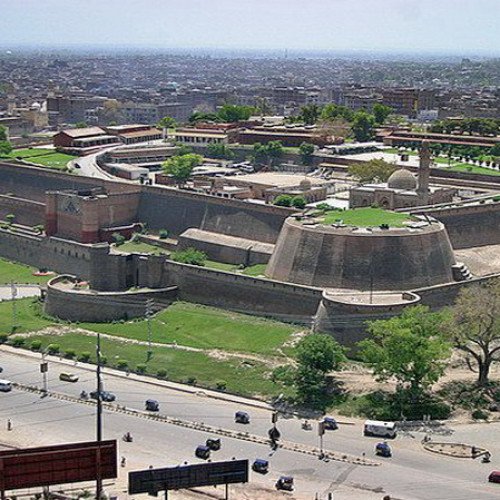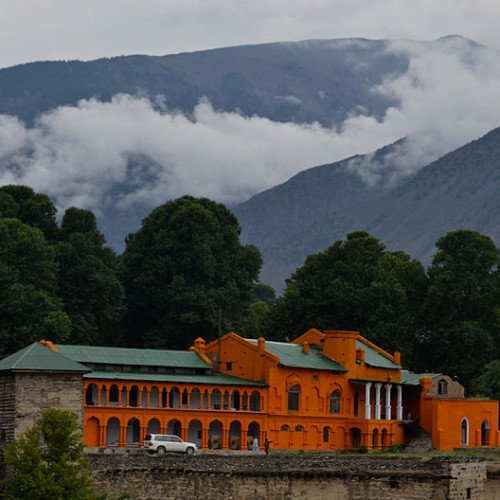Castles of "Pakistan" BALA HISSAR vs CHITRAL FORT

BALA HISSAR
Bala Hissar (Pashto/Urdu/Hindko: قلعه بالاحصار), also spelt Bala Hisar, is a historic fortress located in Peshawar, Khyber Pakhtunkhwa, Pakistan. First mentioned by 7th-century explorer Xuanzang, the fort was used as a royal residence for the Durrani Empire since December 1747, when Ahmad Shah Durrani conquered Peshawar. The Sikhs reconstructed the fort after capturing Peshawar in March 1823. In 1849, the British East India Company reconstructed the fort's outer walls. The fort now serves as headquarters for Pakistan's Frontier Corps. The word Bālā Hissār (بالا حصار) is from Dari Persian, meaning "elevated or high fort." According to historian Hussain Khan, this name was given by the Afghan Emperor Timur Shah Durrani. In 1834, the Sikhs named the fort as Samīr Gaṛh or Sameer Garh. Samīr was another name for Mount Kailash, a high peak in Tibet considered sacred in Hinduism, Buddhism, and Sikhism; Gaṛh means "fortress" in Hindustani. However, this name did not become popular and was soon replaced again by "Bala Hissar". During the times of the Mughal Empire and Sur Empire, it was known as "Bagram Fort" after Bagram, another name for Peshawar.
Statistics for this Xoptio

CHITRAL FORT
The Chitral Fort is a fortification in Chitral town, Khyber Pakhtunkhwa, Pakistan. The fort is situated on the banks of the Chitral River. The fort has a commanding position on the river and is believed to have been built in 1774 during the reign of Mohtaram Shah Katur II and restored in 1911 by His Highness Sir Shuja ul-Mulk . The compound used to house the barracks of the guards of Mehtar of Chitral. The fort was declared as the personal property of the last ruler of Chitral following the merger of Chitral State in 1969. It is now occupied by the current ceremonial Mehtar, Fateh-ul-Mulk Ali Nasir who has renovated the old Darbar Hall and state rooms following damage sustained during the earthquake of 2015. The Chitral Expedition was a military expedition in 1895 sent by the British authorities to relieve the fort which was under siege after a local coup. After the death of the old ruler, power changed hands several times. An intervening British force of about 400 men was besieged in the fort until it was relieved by two expeditions, a small one from Gilgit and a larger one from Peshawar.